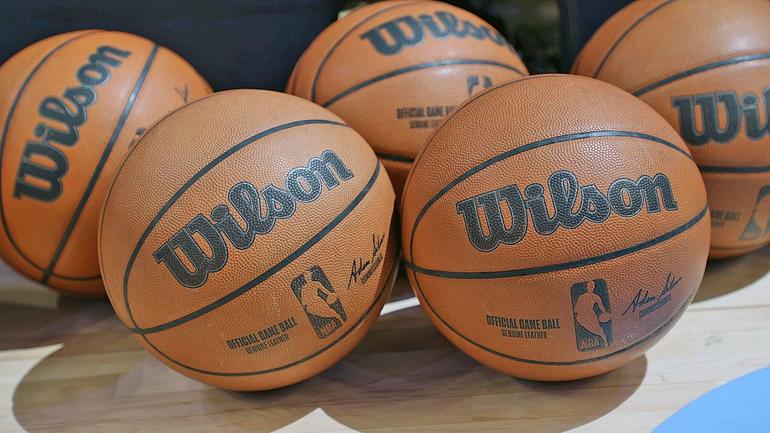After the sixth year, the new CBA will provide for an opt-out.
Adrian Wojnarowski of ESPN reports that a new collective bargaining agreement has been reached between the NBA and the NBPA. The two parties reached an agreement to postpone a crucial date in the negotiations, which resulted in the agreement, which will continue for seven years with a mutual opt-out after the sixth. The previous CBA was scheduled to end after the 2023–24 season, although both the NBA and NBPA had the right to withdraw from it following the 2022–23 campaign. The whole agreement has not yet been made public, but according to Wojnarowski, Bobby Marks, and Tim Bontemps, the following significant deal points have been reached:
- The long-rumored in-season competition might start as early as the following one. Starting in November, pool play would be incorporated into the regular season schedule before the top eight teams advanced to a single-elimination tournament. The last four would be held at a neutral location, with Las Vegas currently in the lead.
- Players on the winning squad would each receive $500,000 in cash as a prize.
The second wage cap apron, which is $17.5 million more than the current apron, will assist the league’s most expensive teams rein in their spending. Any team that goes over that limit forfeits their eligibility for the taxpayer mid-level exception.- A minimum of 65 games will now be required for eligibility for individual player awards. This covers accolades like All-NBA.
- Contract extension limits for veterans have been lifted. The majority of players will now be allowed to earn up to 140% of their prior wage when a new contract begins, as opposed to the previous cap of 120% in the first year of an extension.
Shams Charania of The Athletic reports that marijuana has been removed from the anti-drug testing policy, a process that started during the 2019–20 season, meaning players will no longer be forbidden from consuming it.- Instead of two, teams will be able to sign three two-way players.
The opt-out period ended on Friday at midnight after being postponed several times. But, because the two parties were close, they decided to prolong it one more time in order to complete a new CBA. Although the NBA commissioner Adam Silver said that the league planned to opt out if a new deal could not be reached, the NBPA had previously stated that it would not.
Thankfully, that chance has vanished, and the two parties have avoided the remote danger of a lockout. This is the first contract negotiated by Tamika Tremaglio, the new executive director of the NBPA, who recently succeeded Michele Roberts as the player representative during negotiations on the 2017 CBA, which has been in effect ever since. It also marks Silver’s second consecutive collective bargaining agreement without the need for a work stoppage. Only twice in its history has the NBA lost games as a result of a lockout, in 1998 and 2011. Since then, the league has experienced 12 years of labor peace, and with the new agreement in place, that peace is expected to continue for some time.
Now that the collective bargaining agreement has been resolved, the NBA can focus on reaching its upcoming significant financial milestone. By the conclusion of the 2024–25 season, the league’s current national media rights agreement with Disney and Turner will come to an end. The league would undoubtedly love to have a new television agreement in place well in advance of that time, and sources imply that the league wants to make three times as much money as the $24 billion it received from its previous agreement.
Such compensation encouraged both parties to complete a collective bargaining agreement before there was a real threat of a strike. Because to the significant increase in league revenue, failing to reach an agreement would put billions of dollars at risk for both parties. Now that agreement has been reached, the NBA may play basketball as usual for the foreseeable future.
